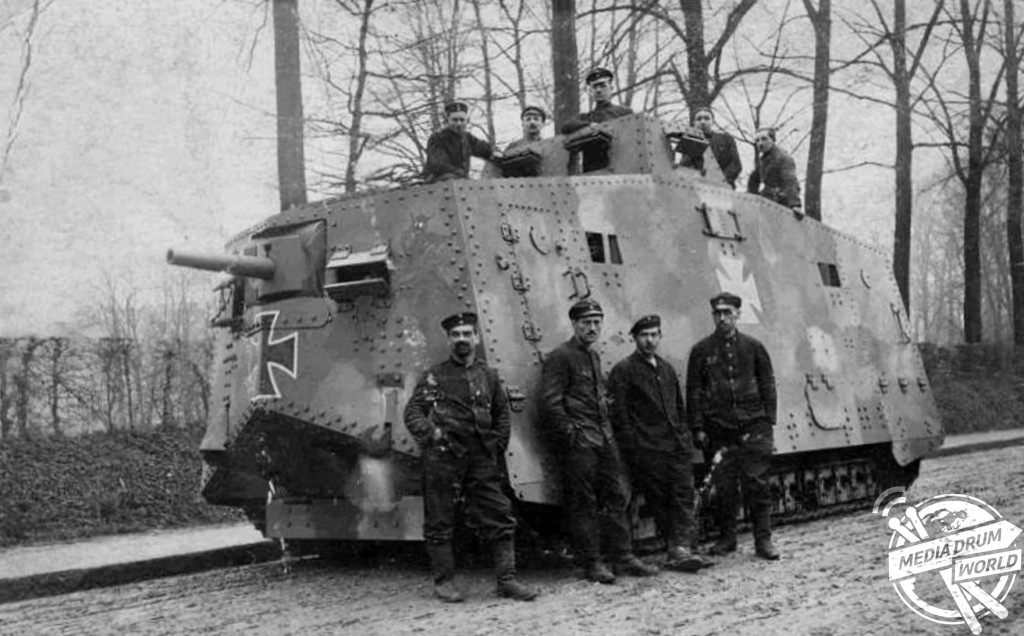
Armoured Warfare
By Zoe Cassell
INCREDIBLY RARE photographs of the British ingenuity that brought on the dawn of the tank age have been released in a new book.
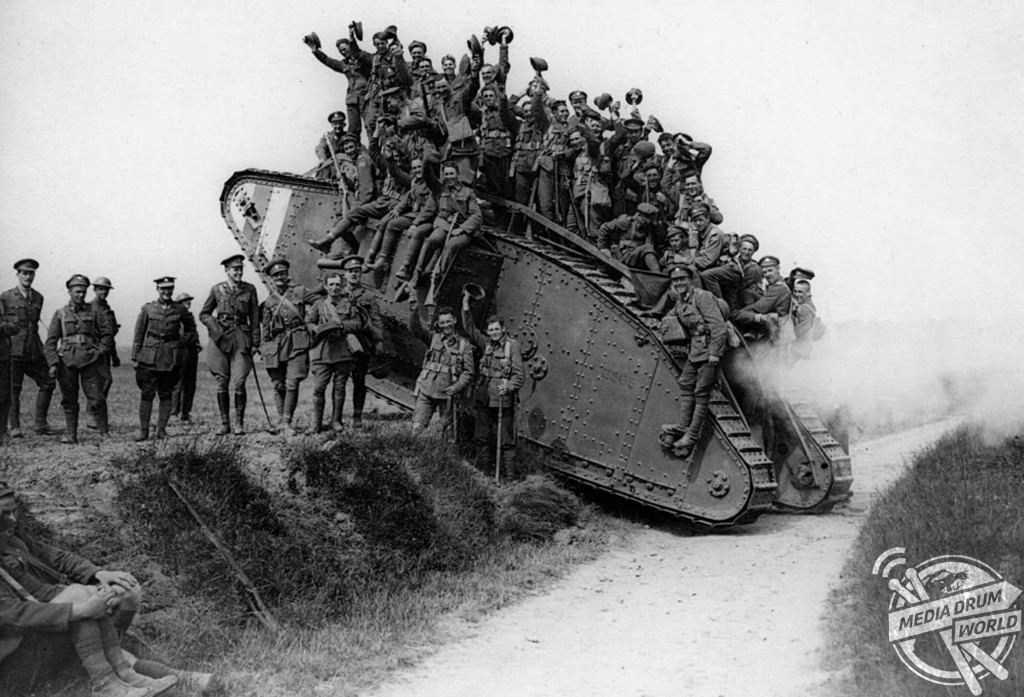
Anthony Tucker-Jones / mediadrumworld.com
The images show triumphant British troops atop the world’s first tanks while other shots depict life from inside the tank manning the machine guns.
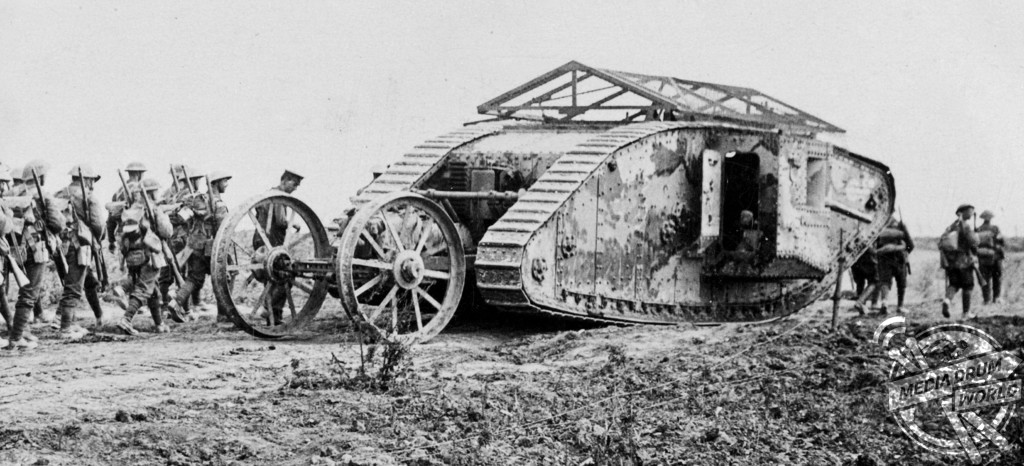
Anthony Tucker-Jones / mediadrumworld.com
These black-and-white photos are taken from the new book ‘Armoured Warfare in the First World War 1916 – 1918’ by Anthony Tucker-Jones and published by Pen & Sword Military.
“This book tells the story of where it all began with the birth of the tank,” explained Anthony.
“The first tanks came about through the desperate need to break the terrible deadlock in the trenches.
“Interestingly the British, French and Germans took completely different approaches with varying results.”
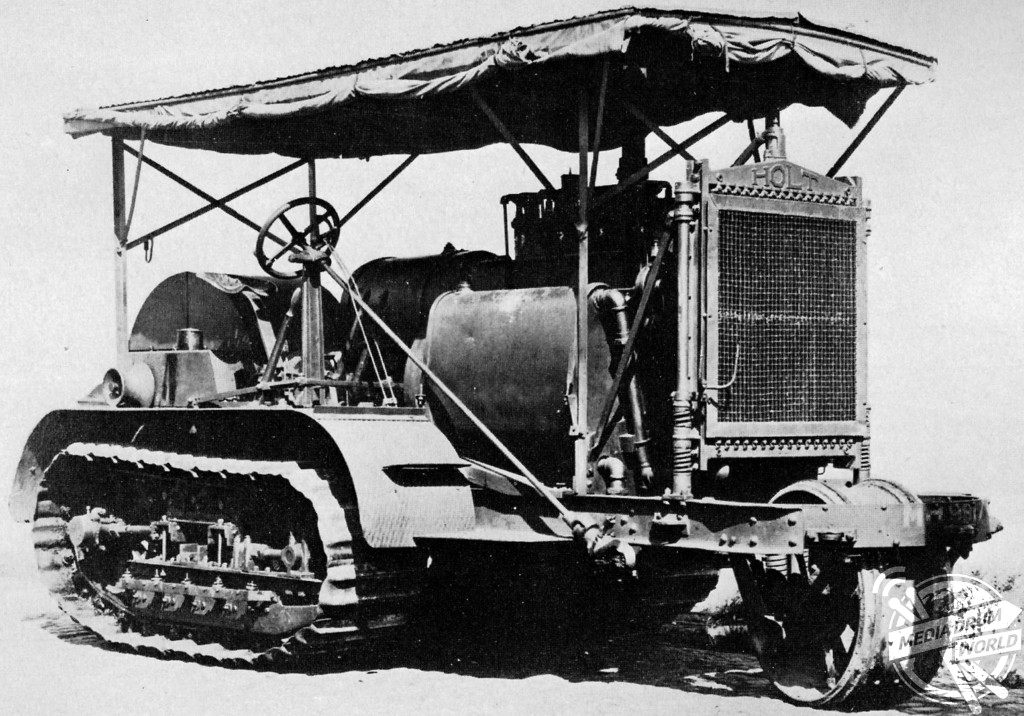
Anthony Tucker-Jones / mediadrumworld.com
The British military produced ‘Little Willie’ in Autumn 1915 weighing 18 tonnes, which had a crew of two plus four gunners.
“Inspired by a tracked artillery tractor ‘Little Willie’ was referred to as a water tank – hence the name tank – to ensure secrecy,” said Anthony.
“This led to the strange looking Mark I with its peculiar rhomboid shape, designed to cross trenches with guns in sponsons on either side.”
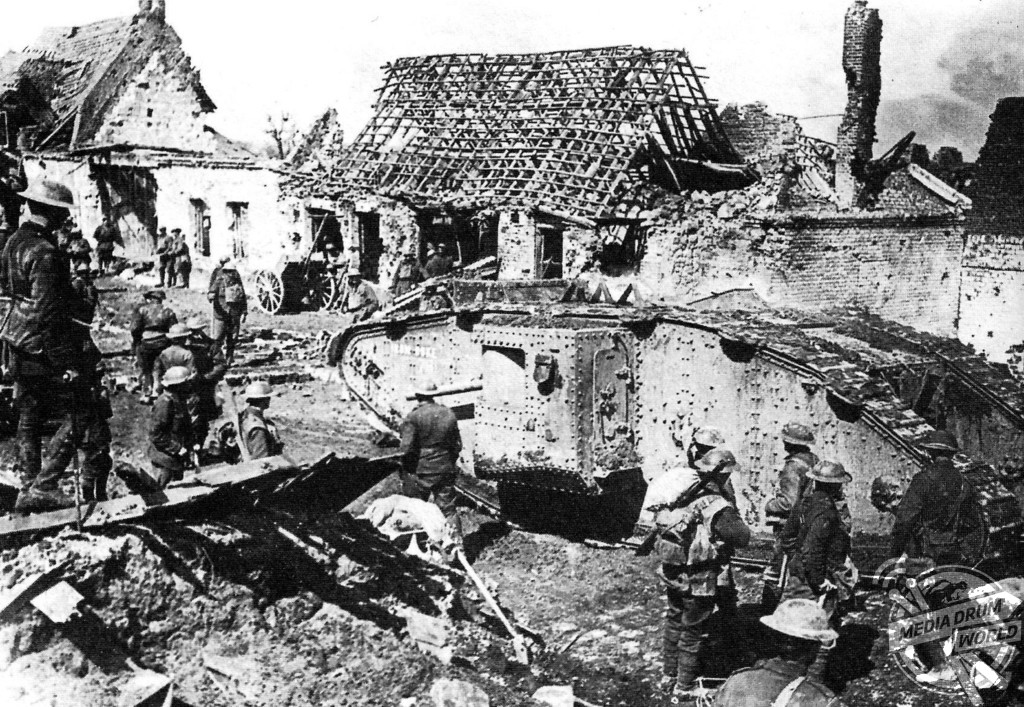
Anthony Tucker-Jones / mediadrumworld.com
In one image a Mark II male tank can be seen passing through a crumbling French village in 1917.

Anthony Tucker-Jones / mediadrumworld.com
Another image shows jubilant British troops hanging onto a Mark IV tank following the Battle of Cambrai in November 1917 where the British army initiated a surprise attack using 476 tanks to penetrate the German trenches at The Hindenburg Line.
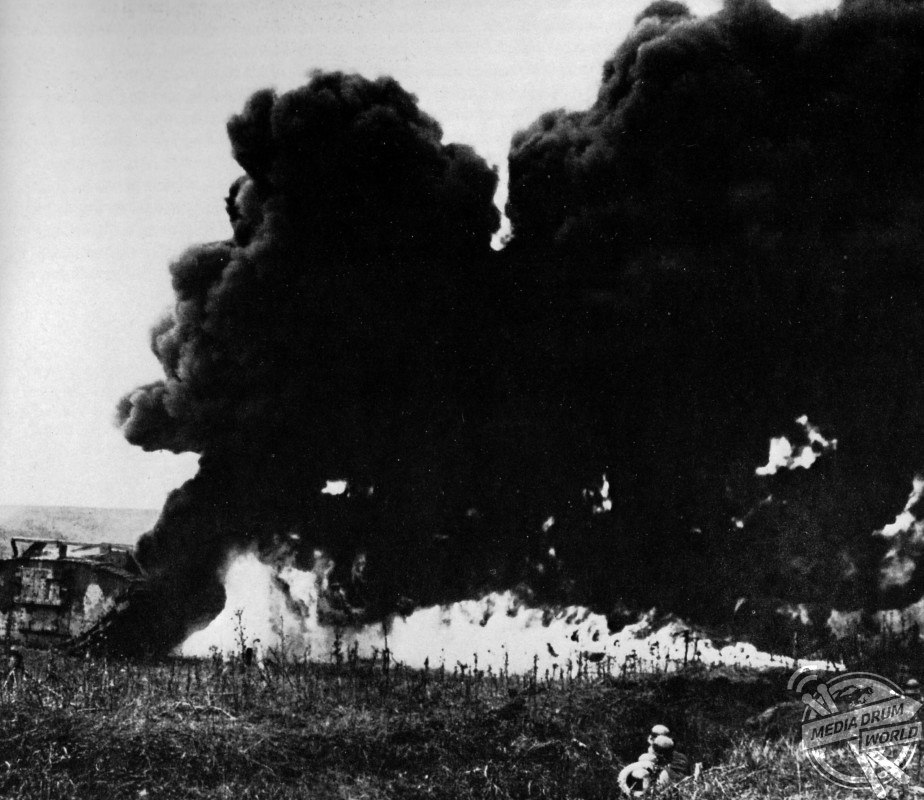
Anthony Tucker-Jones / mediadrumworld.com
“The Germans saw the tank as unchivalrous and were slow to grasp its utility. They favoured the Stormtrooper (specialist soldiers used to infiltrate enemy trenches) and artillery, not the tank,” said Anthony.
“However, they didn’t hesitate to make use of captured British tanks.
“Although the tank helped secure victory and German soldiers dubbed it ‘Germany’s Downfall’ the country was ultimately brought to its knees by the Allies blockade.”
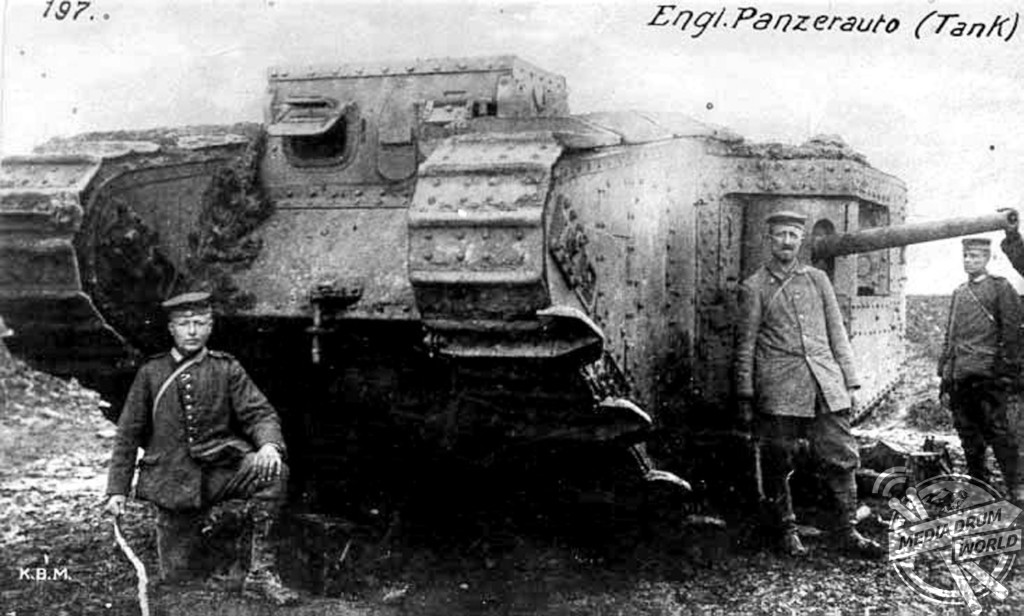
Anthony Tucker-Jones / mediadrumworld.com
Anthony compares the pioneering tanks of the First World War to those of the 21st Century military.
“They were rudimentary to say the least and were seen as land warships, hence naval terms such as hull and turret.
“Everything was done by hand whereas today’s tanks are fully computerized and much more mobile.
“Fighting in a tank in any war is unpleasant but the early tanks were made of such poor steel that when hit they showered their crews in shrapnel.
“Those pioneering tankers would probably consider modern tankers as a bunch of sissies by comparison.”
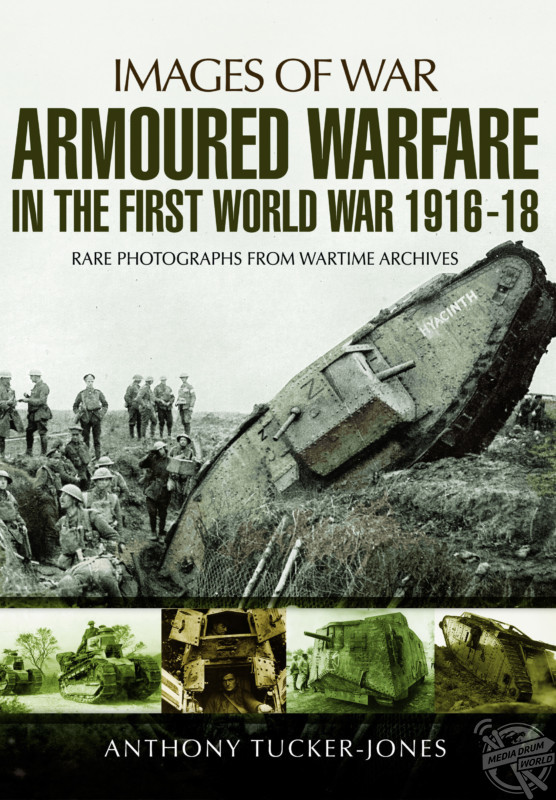
‘Armoured Warfare in the First World War 1916 – 1918’ by Anthony Tucker-Jones is available to purchase from Amazon for £14.99






